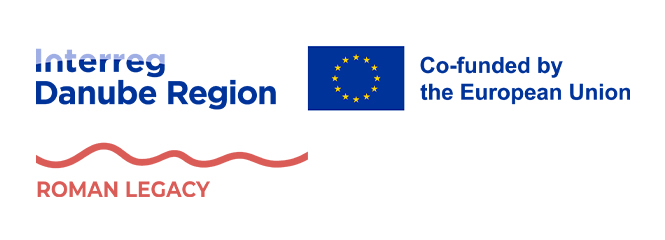
On November 5, 2025, the Center for Cultural Property Protection welcomed experts in monument preservation, archaeology, tourism, cultural mediation, and cultural management, along with representatives from politics and public administration, to an expert and networking meeting dedicated to Roman cultural heritage in the Danube region. The focus was on the Roman Danube Limes, whose western section has held UNESCO World Heritage status since 2021, joining the transnational, serial World Heritage site Frontiers of the Roman Empire, as well as the intriguing question of Roman presence north of the Danube in Lower Austria and Moravia.
The Interreg projects ROMAN LEGACY and Roman Trails bring people and institutions together, creating a growing network that spans research, administration, monument preservation, tourism, and culture. This network includes universities and colleges, museums and Roman parks, authorities such as the Federal Monuments Office, regional tourism organizations, and committed towns and municipalities along the Danube Limes and its hinterland. It is further enriched by specialized associations and companies contributing expertise in archaeology, cultural mediation, and marketing. This diversity provides the foundation for innovative approaches, joint strategies, and a vibrant thematic region centered on Roman heritage.
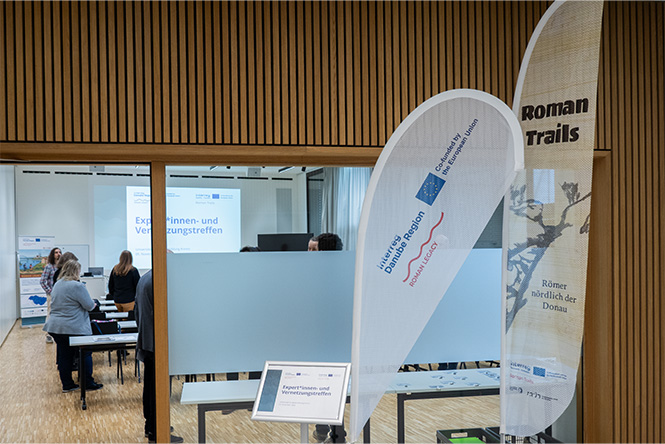
Insights and Perspectives for the Future
The morning session offered profound insights into the significance and development of the UNESCO World Heritage Frontiers of the Roman Empire, the tasks and objectives of World Heritage management for the Austrian Danube Limes, and archaeological research on Roman presence along and north of the Danube in Austria.
Presentations by René Ployer (Federal Monuments Office), Christian Hemmers (Forum Donaulimes), and Stefan Groh (Austrian Archaeological Institute, Austrian Academy of Sciences) shed light on the challenges and opportunities ahead.
Two Projects – One shared Objective
The afternoon focused on the two Interreg projects ROMAN LEGACY and Roman Trails. Both initiatives pursue common objectives:
- Strengthening sustainable cultural tourism
- Creating a thematic region around Roman heritage in the Danube region
- Joint branding and network development
- Capitalizing on existing offers and results
- Developing strategies and tools for cultural mediation
ROMAN LEGACY is developing a cultural route along the Danube Limes and strengthening the “Danube Limes” brand.
Austria is represented in this transnational project by the University for Continuing Education Krems (Lead Partner), Universalmuseum Joanneum, and the Roman City of Carnuntum.
Roman Trails brings Roman heritage in the Weinviertel and Moravia to life through innovative mediation formats.
The University for Continuing Education Krems (Lead Partner) collaborates in this cross-border project with the Archaeological Institute of the Czech Academy of Sciences, Brno.
Additional discussions explored tourism marketing strategies and the practical implementation of cultural routes. Representatives from tourism associations in Upper Austria, Lower Austria, and Styria presented current tourism offers related to Roman heritage in their regions and highlighted future potential.

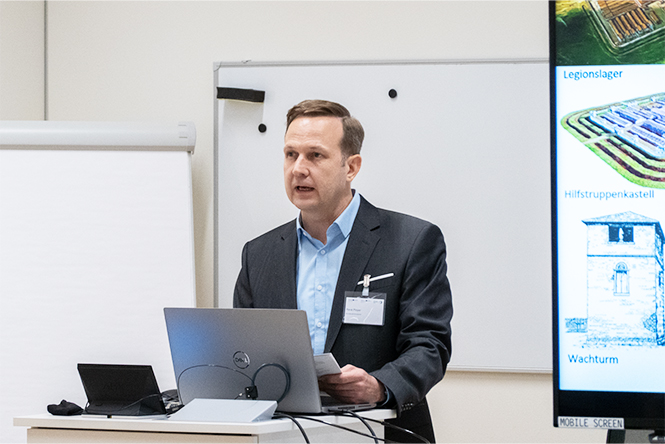


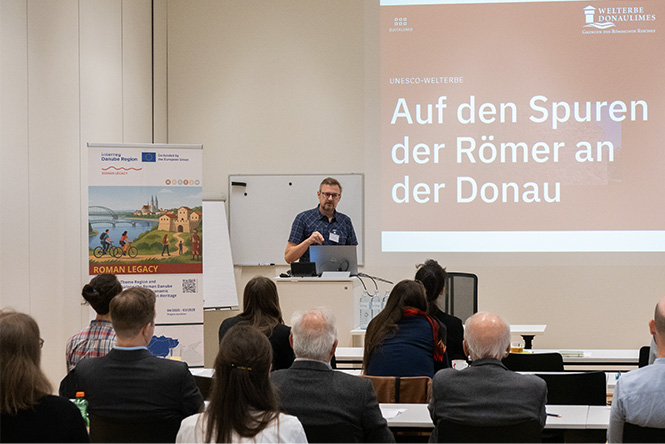
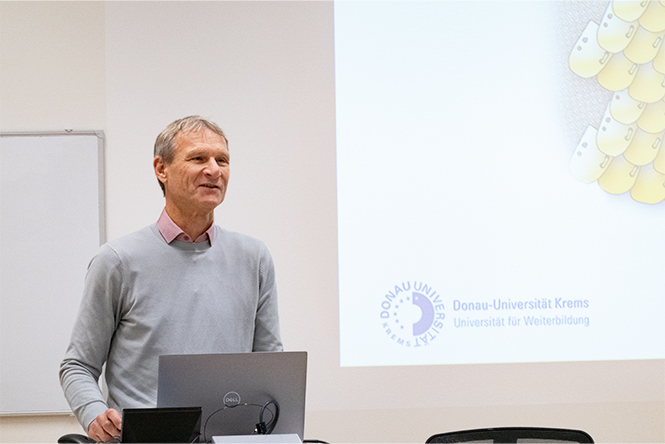
Joint Branding as a Key Factor
Another focus was the development of a modular branding concept that is flexible, combinable with existing logos, and created through co-creation. This approach positions Roman heritage as an identity-shaping cultural asset and as an opportunity for sustainable cultural and tourism development.
Why Networks matter
The meeting impressively demonstrated the benefits of a strong network:
- Diversity of perspectives and knowledge from different backgrounds
- Interdisciplinary approaches and accelerated knowledge transfer
- Network effects through complementary resources
- Greater reach, visibility, and influence
When expertise, creativity, and commitment from different fields come together, new ideas and perspectives emerge. The projects ROMAN LEGACY and Roman Trails are powerful examples of how Roman heritage can not only be preserved but also reimagined as a living part of our culture. Together, we are creating a thematic region that connects history, identity, and sustainable tourism – stronger together than alone.
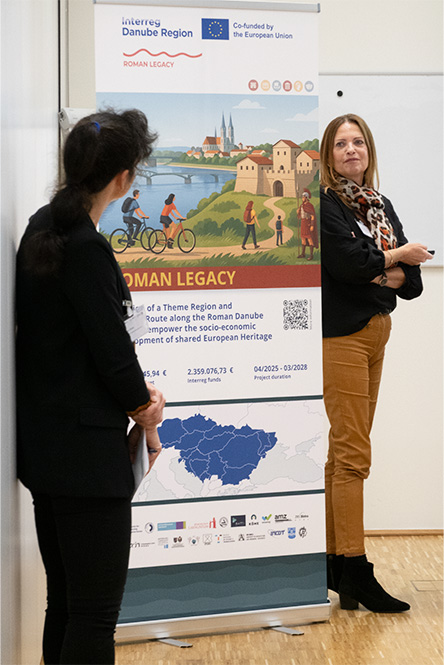
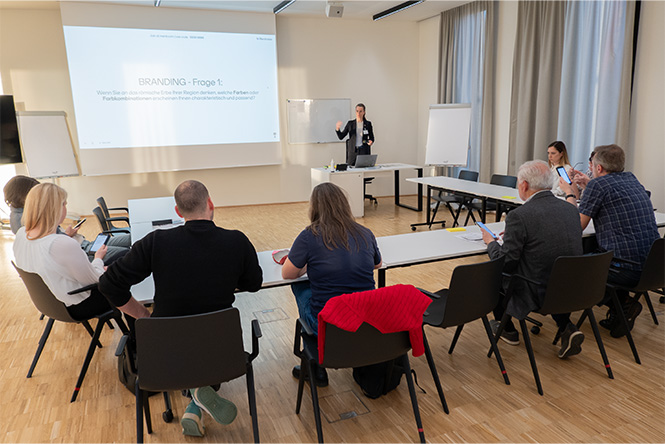



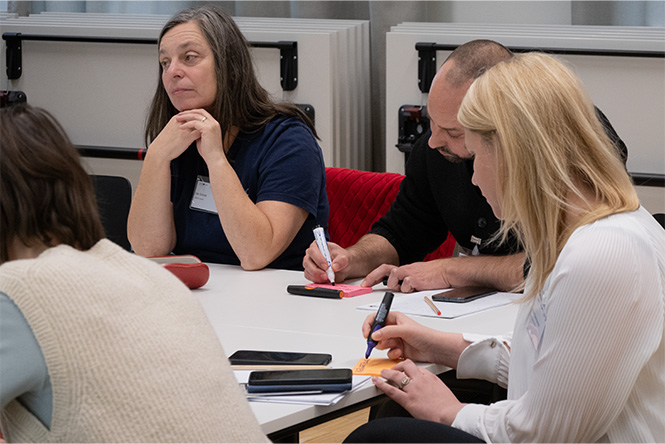

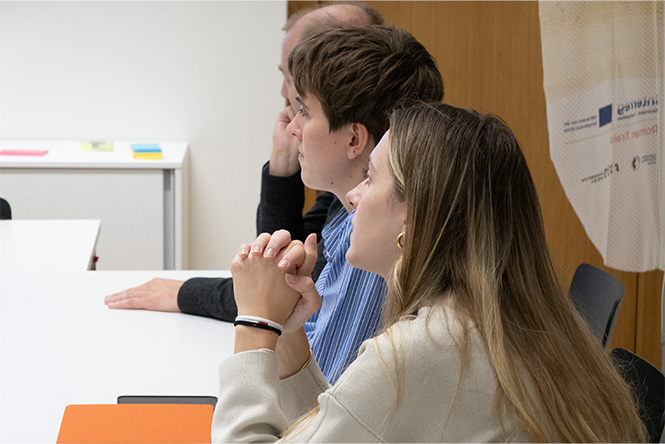
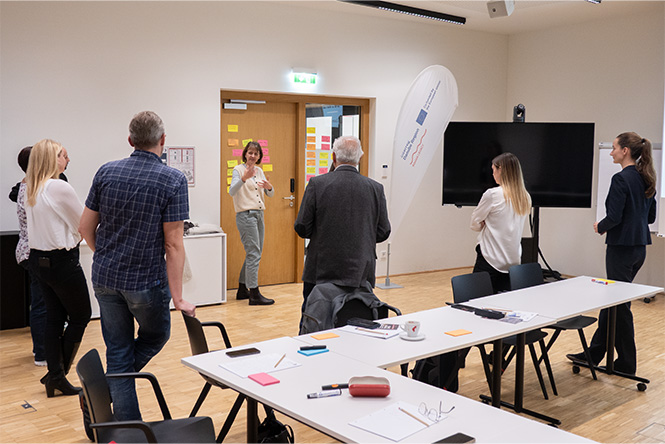
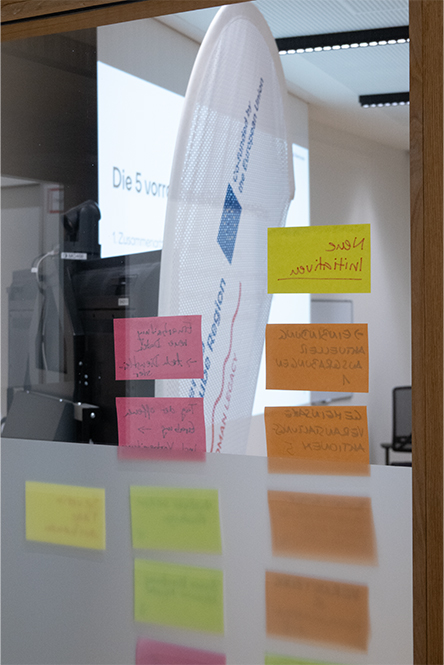

Roman Trails
The project focuses on the creation of a common, cross-border thematic region of the areas of South Moravia and the northern part of Lower Austria (Weinviertel), based on the - little known - Roman history north of the Danube and the establishment of interactive (long-distance) hiking and cycling trails along the traces of the Roman history.
Tags
